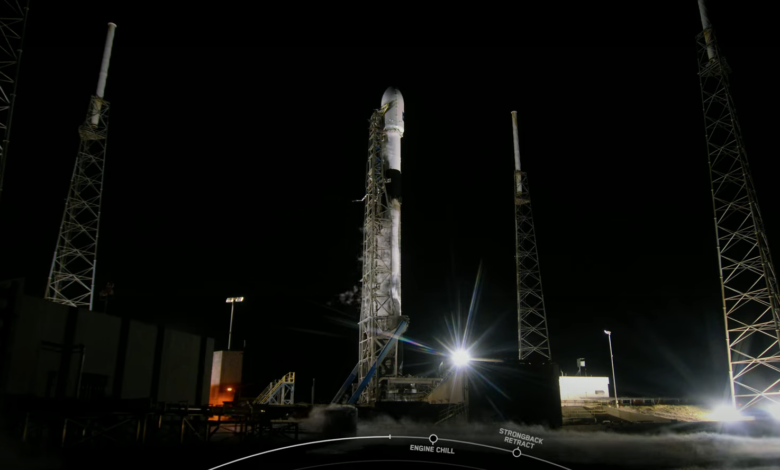SpaceX launched Spain’s Hispasat communications satellite mission

SpaceX launched the Hispasat Amazonas Nexus mission on February 6, 2023. The Falcon 9 rocket launched the communications satellite from Space Launch Complex 40 (SLC-40) at Cape Canaveral Space Force Station in Florida at 8:32 p.m. ET.
image source: SpaceX
Hispasat’s Amazon Nexus is a “high-performance geostationary satellite” that enables high-speed Internet access “throughout the Americas, the North and South Atlantic corridors and points as remote as Greenland and the Amazon rainforest” according to the company.
The satellite is designed to improve connectivity on ships, airplanes and for rural communities across the Americas. Hispasat believes that it can “contribute to an expeditious and efficient reduction of the digital divide in Latin America”.
Hispasat’s Amazon Nexus satellite has a state-of-the-art Digital Transparent Processor and uses the Spacebus NEO platform by Thales Alenia Space. The technology supports one-hop communication throughout the coverage area.
The electric propulsion satellite has a ton launch mass of 4.1, which reduced the cost to launch it to orbit. It will arrive at its final location in July 2023 and undergo in-orbit tests before it enters service.
The satellite was manufactured in France at the Thales Alenia Space facilities with “significant participation” of Spanish aerospace companies. The total costs of the satellite were around 300 million Euros, according to Hispasat. The investment will be recouped immediately after the satellite enters service, as Hispasat has long-term lease agreements for 60% of the satellites’ capacity.
The Amazonas Nexus mission satellite furthermore embeds the Pathfinder 2 mission for the United States Space Force. The project is led by Artel, a global secure communications network systems integrator. The mission includes a 108 MHz payload of space capacity on board the Amazonas Nexus with overdrive protection and advanced CNSSP-12 approval for telemetry and telecontrol.
The satellite has an estimated lifetime of about 15 years. The successful launch may be watched below. SpaceX records all of the company’s rocket launches live and publishes the footage on YouTube.
SpaceX had to delay the launch, originally scheduled for Sunday, due to poor weather conditions at the launch site and also the drop zone for Falcon 9’s first stage booster. First stage boosters are landed on drone ships so that they may be reused by the company after inspection.
It was this booster’s sixth mission already. It launched SES-22, ispace’s HAKUTO-R Mission 1, and three Starlink missions previously.
SpaceX celebrated the 200th Falcon 9 rocket launch earlier this month. The mission launched 53 Starlink Internet satellites into low-earth orbit from NASA’s Kennedy Space Center in Florida.
Thank you for being a Ghacks reader. The post SpaceX launched Spain’s Hispasat communications satellite mission appeared first on gHacks Technology News.
gHacks Technology News



